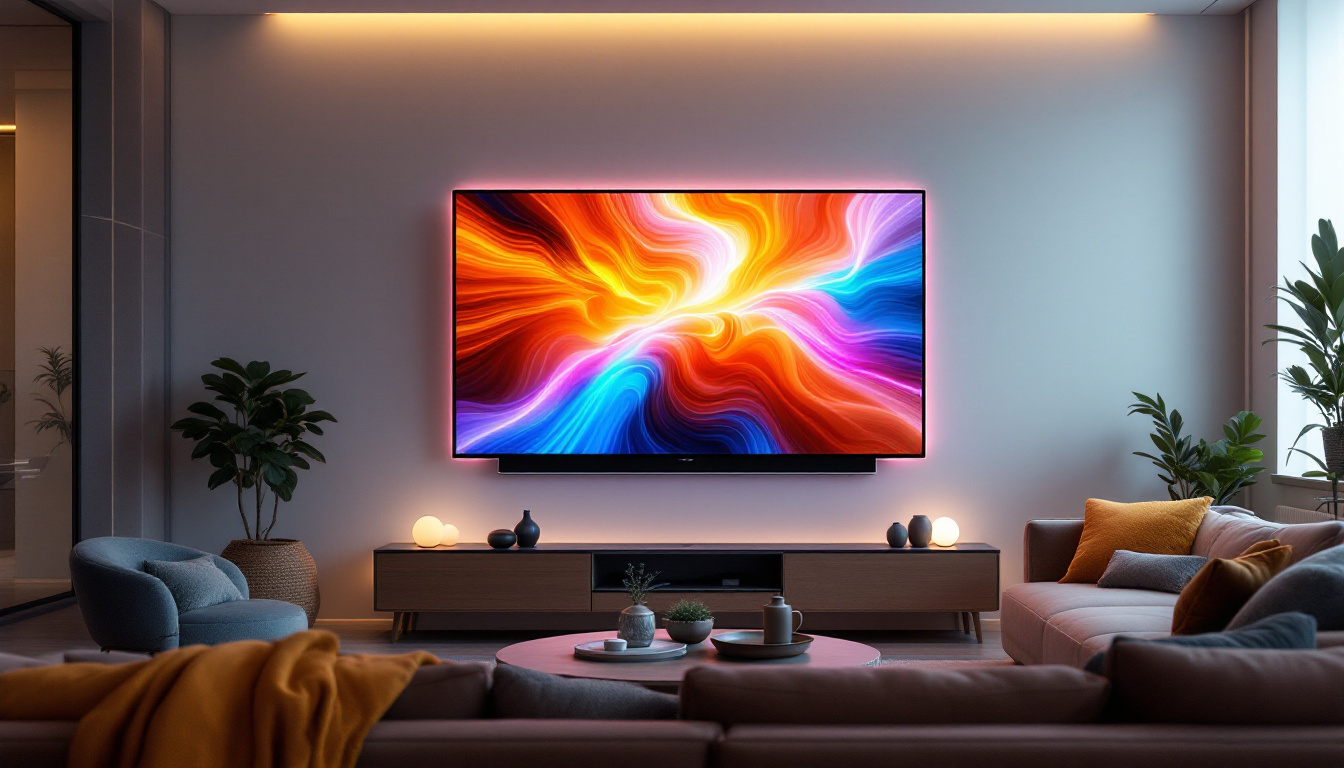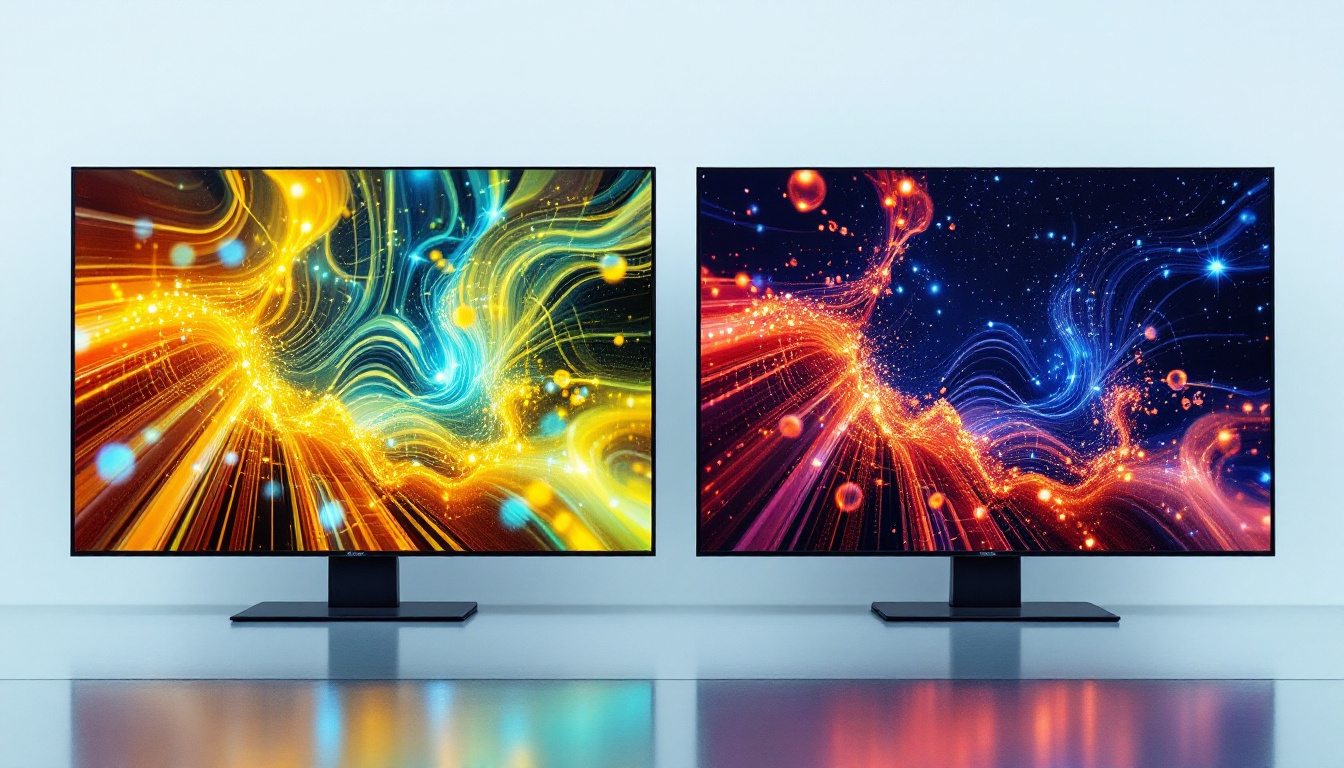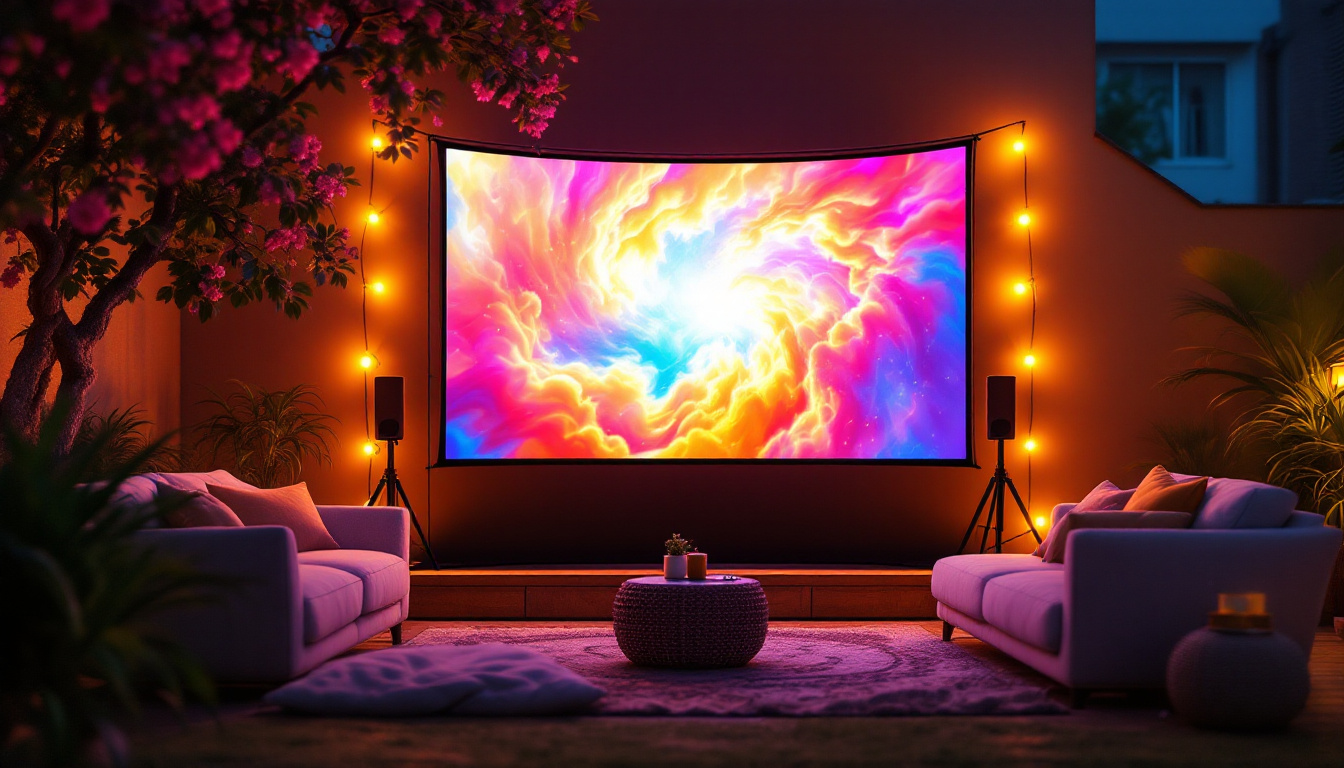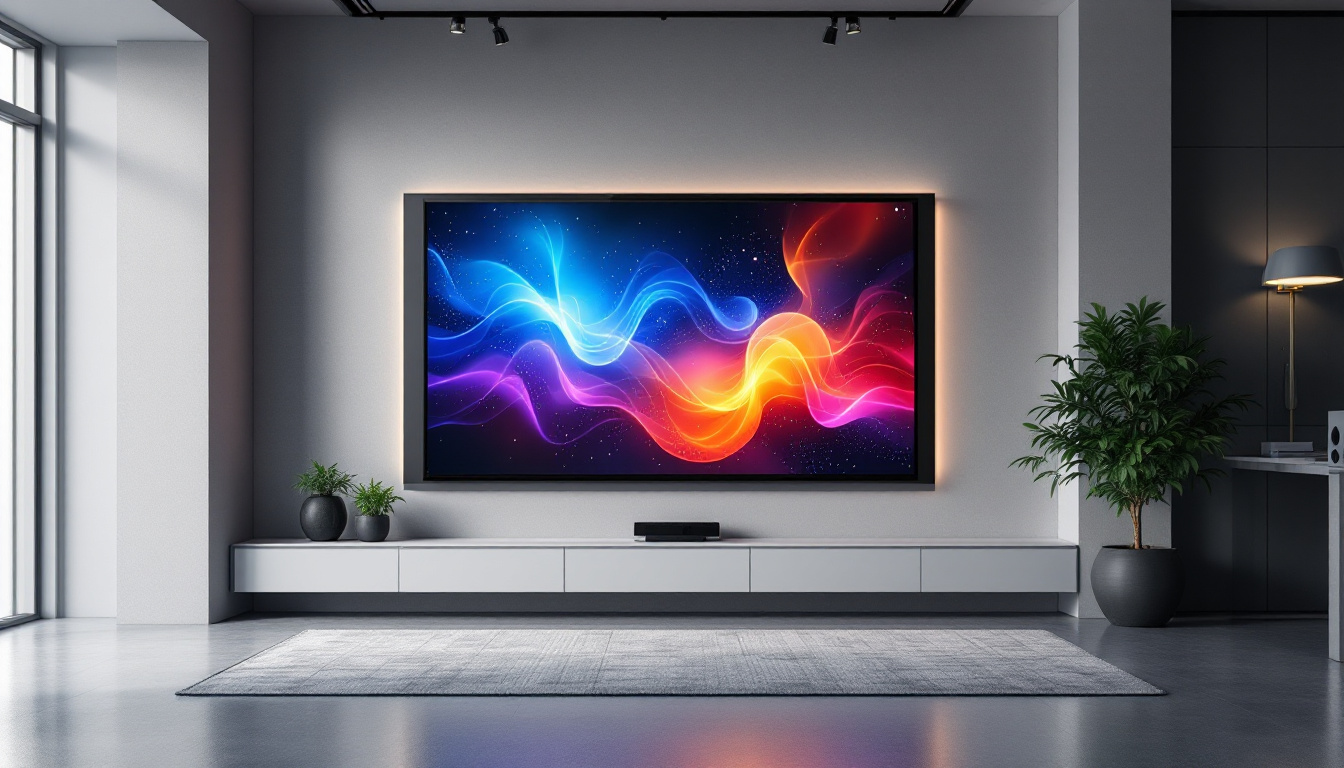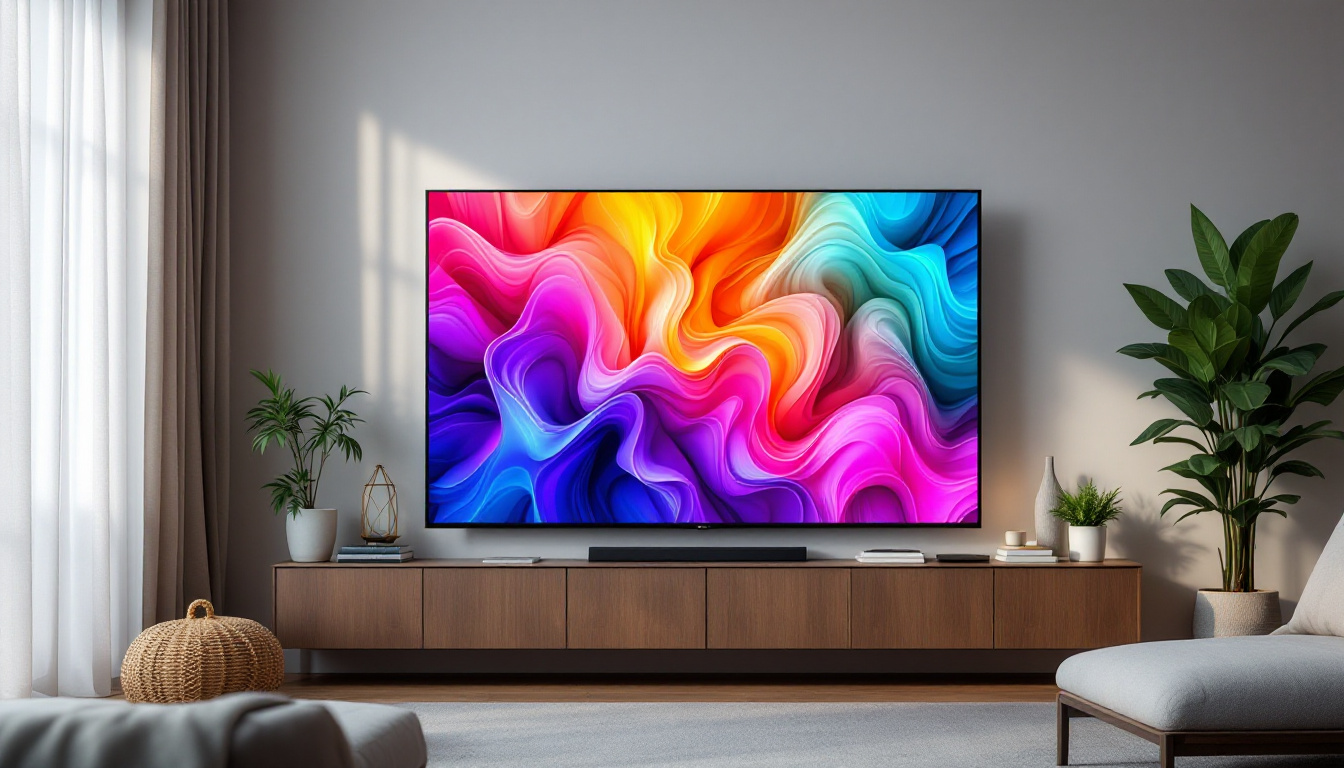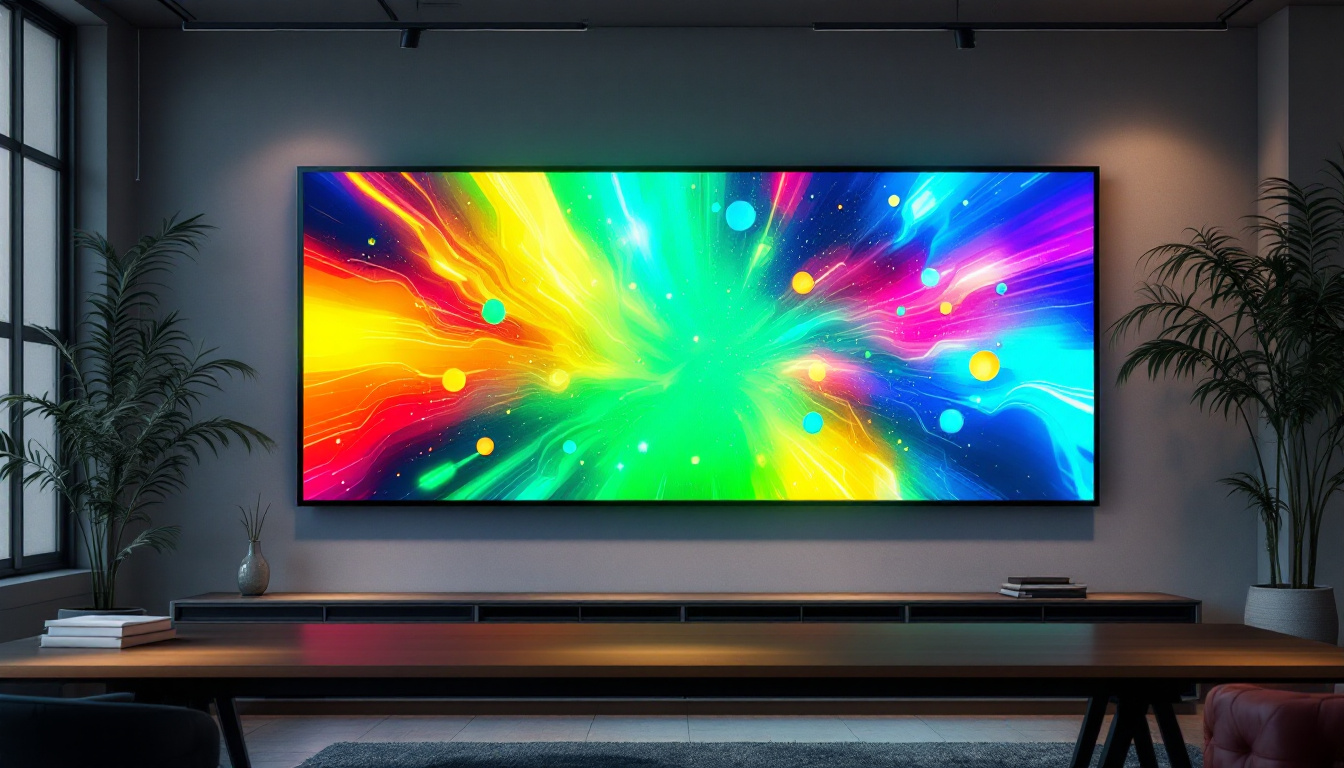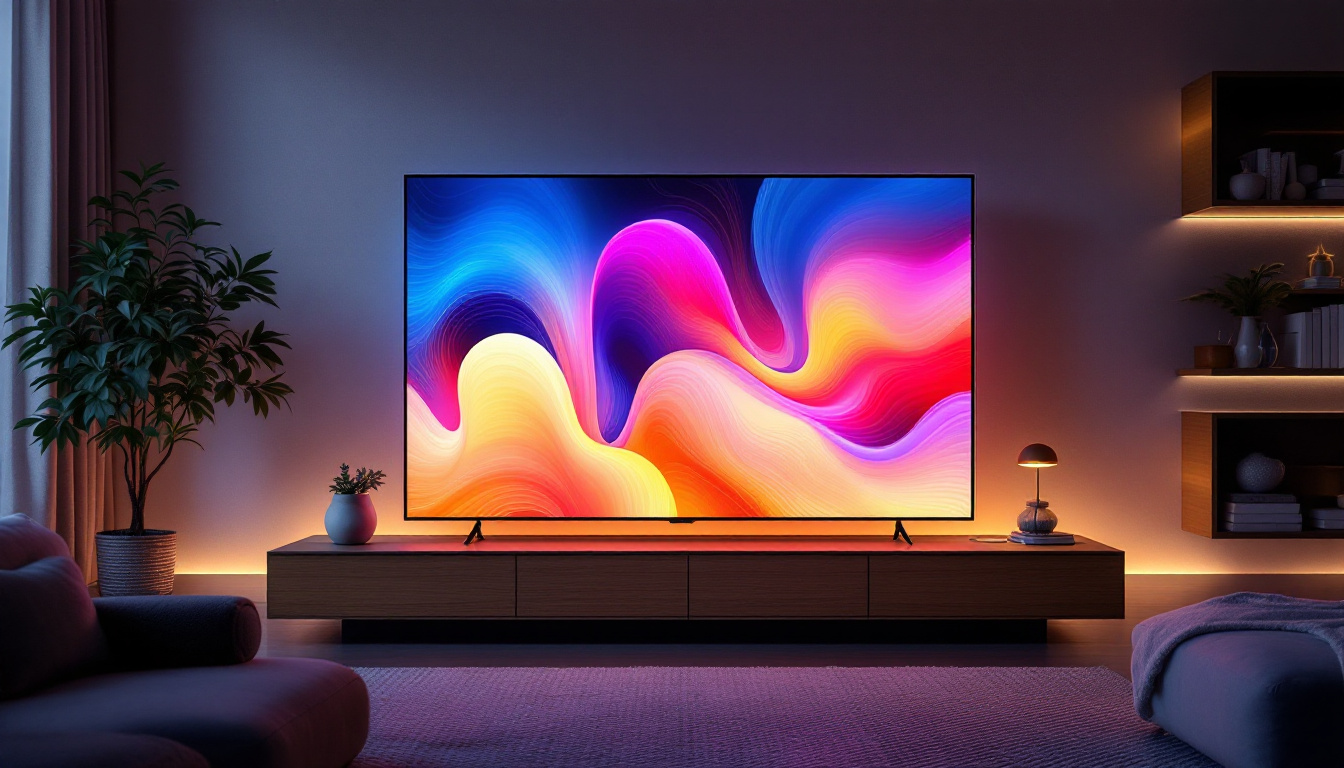42 In Plasma TV: LED Display Explained
The evolution of television technology has brought about significant changes in how viewers experience visual media. Among the various types of displays available today, plasma and LED technologies stand out for their unique characteristics. This article delves into the intricacies of a 42-inch plasma TV, particularly focusing on LED display technology, its benefits, and how it compares to other types of displays.
Understanding Plasma Technology
Plasma TVs utilize a technology that consists of small cells filled with gas. When electricity is applied, the gas ionizes and emits ultraviolet light, which then excites phosphors to produce visible light. This technology allows for deep blacks and vibrant colors, making plasma displays particularly appealing for home theater enthusiasts. The construction of plasma panels involves thousands of these tiny cells, each capable of producing its own light, which gives plasma TVs the unique ability to create images that are both dynamic and rich in detail. Furthermore, the uniformity of light emission across the screen contributes to a more cohesive viewing experience, free from the inconsistencies that can sometimes plague other display technologies.
Color Accuracy and Contrast
One of the most notable advantages of plasma TVs is their color accuracy. Plasma screens can produce a wider color gamut compared to many LCDs, resulting in more vivid and lifelike images. The ability to achieve deep blacks enhances contrast ratios, making dark scenes appear more detailed and immersive. This level of contrast is particularly beneficial when watching films that utilize shadowy cinematography or intricate lighting designs, as it allows viewers to appreciate the nuances that the filmmakers intended.
In addition, plasma displays maintain color consistency across different viewing angles. This characteristic is crucial for group viewing situations, where multiple viewers may be positioned at various angles relative to the screen. Unlike some LCDs, which can exhibit color shifting or loss of brightness when viewed from the side, plasma TVs ensure that everyone in the room enjoys the same vibrant picture quality. This feature makes plasma displays an excellent choice for family movie nights or gatherings, where a large audience can comfortably watch together without compromising on the visual experience.
Response Time and Motion Handling
Plasma TVs are known for their excellent response times, which contribute to smooth motion handling. This feature is particularly beneficial for watching fast-paced content, such as sports or action movies. Unlike some LCDs, plasma screens do not suffer from motion blur, providing a clearer and more enjoyable viewing experience. The rapid response time is a result of the technology’s ability to switch pixels on and off quickly, allowing for sharp transitions and minimal lag, which is essential for gamers and sports fans alike who demand precision and clarity during fast-moving scenes.
Moreover, the inherent design of plasma technology allows for a more fluid representation of motion, as the phosphors can react almost instantaneously to changes in the image. This capability not only enhances the overall quality of fast-moving visuals but also contributes to a more immersive experience, as viewers can easily follow the action without distraction. As a result, plasma TVs have garnered a loyal following among enthusiasts who prioritize performance and visual fidelity, solidifying their place in the home entertainment landscape.
LED Technology Overview
LED (Light Emitting Diode) technology represents a significant advancement in display technology, often used in conjunction with LCD panels. Unlike plasma, which relies on gas-filled cells, LED displays utilize an array of tiny diodes to produce light. This technology has become increasingly popular due to its energy efficiency and slim profile, making it a preferred choice for both residential and commercial applications. The versatility of LED technology also extends to various display formats, from large-scale outdoor billboards to compact screens in handheld devices, showcasing its adaptability across different environments.
Types of LED Displays
There are primarily two types of LED displays: edge-lit and backlit. Edge-lit LED TVs have LEDs positioned around the edges of the screen, which helps create a thinner design. In contrast, backlit LED TVs feature a full array of LEDs behind the screen, allowing for better brightness and contrast control. This distinction not only affects the aesthetic appeal of the television but also its performance in diverse lighting conditions. For instance, backlit displays tend to excel in bright rooms, where their enhanced brightness can combat glare and reflections, providing a clearer picture.
Full-array LED displays often come equipped with local dimming technology, which enhances black levels and overall picture quality. This feature allows certain areas of the screen to dim while others remain bright, improving the overall viewing experience. Furthermore, advancements in LED technology have led to the development of Mini-LED and Micro-LED displays, which utilize even smaller diodes for greater precision in color and contrast. These innovations are pushing the boundaries of what is possible in display technology, offering consumers an increasingly immersive viewing experience.
Energy Efficiency and Lifespan
One of the standout benefits of LED technology is its energy efficiency. LED displays consume significantly less power than their plasma counterparts, making them a more environmentally friendly choice. This efficiency is not only beneficial for reducing electricity bills but also contributes to lower carbon footprints, aligning with global efforts towards sustainability. Additionally, LED TVs typically have a longer lifespan, often exceeding 50,000 hours of use, which translates to years of reliable performance. This longevity means that consumers can enjoy their investment for much longer without the need for frequent replacements, further enhancing the appeal of LED technology in today’s market.
Moreover, the durability of LED screens is another factor that contributes to their popularity. Unlike traditional cathode ray tube (CRT) displays, which are prone to burn-in and other forms of damage, LED displays are more resilient to wear and tear. This robustness makes them suitable for a range of applications, from home entertainment systems to commercial displays in high-traffic areas. As technology continues to evolve, the integration of smart features into LED displays is also becoming commonplace, allowing users to access streaming services, adjust settings remotely, and even control their environment through voice commands, making LED technology not just a display solution, but a central hub for modern digital living.
Comparing Plasma and LED Displays
When considering a 42-inch plasma TV versus an LED display, it’s essential to weigh the pros and cons of each technology. While plasma offers superior color accuracy and motion handling, LED displays excel in energy efficiency and longevity.
Picture Quality
In terms of picture quality, plasma TVs generally outperform LED displays in dark room conditions. The deep blacks and rich colors of plasma technology create an immersive viewing experience, particularly for movies and dramatic content. However, LED displays have made significant strides in recent years, with many models now offering impressive color reproduction and contrast ratios.
Viewing Environment
The viewing environment plays a crucial role in determining which display technology is more suitable. Plasma TVs are best enjoyed in dimly lit rooms, where their strengths can shine. On the other hand, LED displays perform well in brightly lit environments, thanks to their higher brightness levels and anti-glare screens.
Benefits of a 42-Inch Plasma TV
A 42-inch plasma TV can be an excellent choice for those seeking a balance between size and performance. This size is particularly suitable for smaller living rooms or bedrooms, where space may be limited. The immersive experience offered by plasma technology can make viewing more enjoyable, especially for cinematic content.
Affordability and Availability
As plasma technology has become less common in recent years, 42-inch plasma TVs may be available at more affordable prices compared to newer LED models. This affordability can make it an attractive option for budget-conscious consumers who still want high-quality visuals.
Sound Quality
Another advantage of plasma TVs is their ability to produce better sound quality compared to many LED models. The larger screen size allows for more robust speaker systems, enhancing the overall audio experience. For viewers who prioritize sound quality alongside visual performance, a plasma TV can be a compelling option.
Future of Display Technology
The landscape of display technology is continuously evolving, with advancements in OLED and QLED technologies emerging as strong competitors to both plasma and LED displays. OLED technology, in particular, offers the best of both worlds, combining deep blacks and vibrant colors with energy efficiency.
OLED vs. LED vs. Plasma
OLED (Organic Light Emitting Diode) technology represents a significant leap forward, as each pixel emits its own light, allowing for perfect blacks and stunning color accuracy. This technology has garnered attention for its superior performance, but it often comes with a higher price tag.
While plasma TVs have largely fallen out of favor due to their bulkiness and power consumption, they still hold a special place in the hearts of many enthusiasts. LED displays continue to dominate the market, but as OLED technology becomes more accessible, it may redefine consumer expectations for picture quality.
Choosing the Right Display for Your Needs
Ultimately, the choice between a 42-inch plasma TV and an LED display comes down to individual preferences and viewing habits. For those who prioritize color accuracy and motion handling, a plasma TV may still be the best option. Conversely, for viewers who value energy efficiency, longevity, and versatility in various lighting conditions, an LED display may be more suitable.
Conclusion
The debate between plasma and LED display technologies offers insights into the complexities of modern television. While plasma TVs provide exceptional color accuracy and motion handling, LED displays shine in energy efficiency and versatility. A 42-inch plasma TV can still deliver an outstanding viewing experience, especially for those who appreciate cinematic quality. As technology continues to advance, consumers are presented with an array of options, each catering to different preferences and needs.
In the end, understanding the strengths and weaknesses of each technology is essential for making an informed decision. Whether opting for a plasma or LED display, the goal remains the same: to enjoy high-quality visuals that enhance the viewing experience.
Discover the Future of Visual Experience with LumenMatrix
As you consider the next step in elevating your visual media experience, look no further than LumenMatrix. As a pioneer in LED display technology, LumenMatrix offers an extensive range of innovative solutions tailored to meet your needs. From captivating Indoor and Outdoor LED Wall Displays to dynamic Vehicle and Sports LED Displays, each product is designed to transform your space and engage your audience. Embrace the future of display technology and check out LumenMatrix LED Display Solutions today to see how we can help you communicate with impact and immerse viewers like never before.


